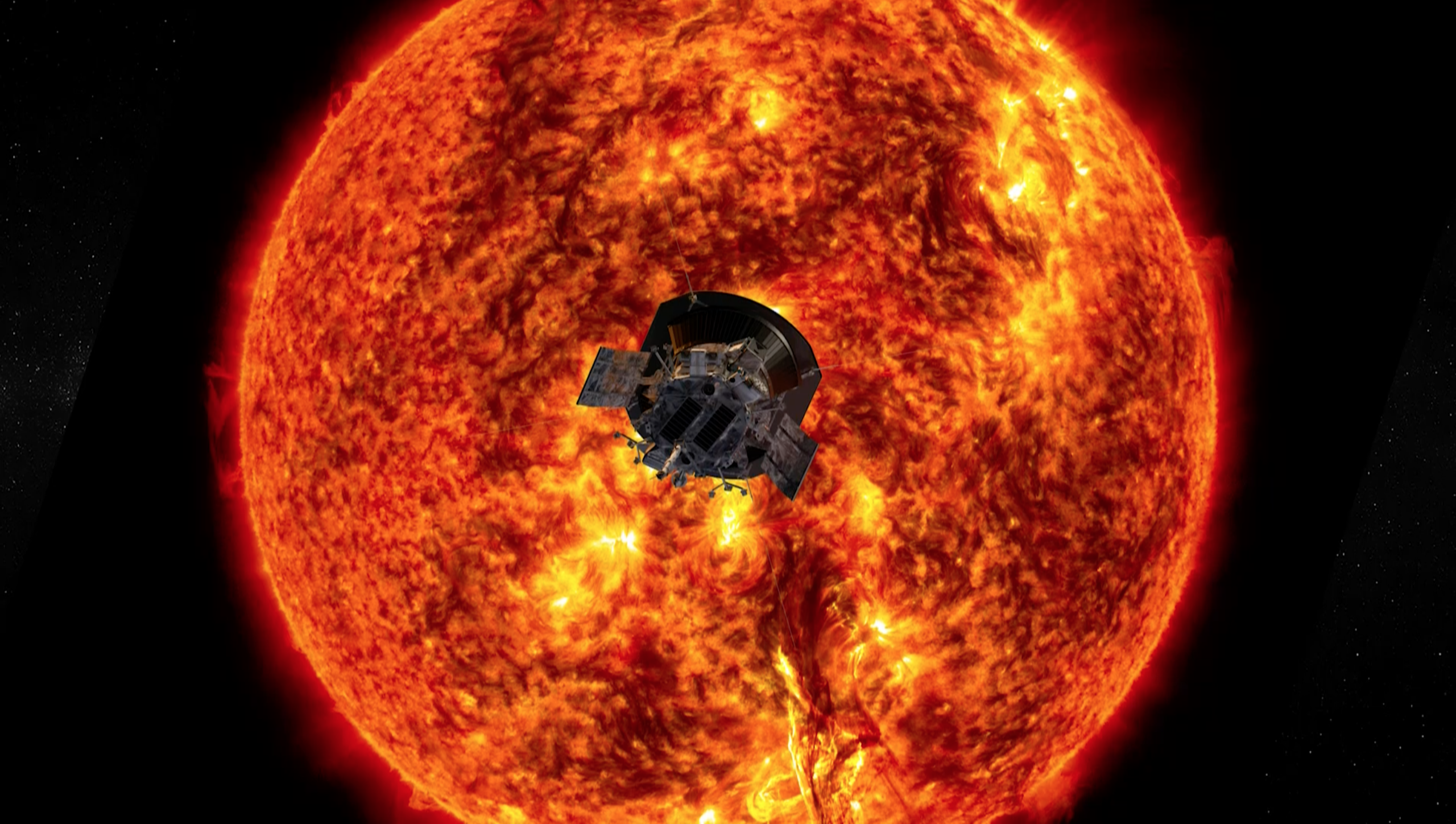The solar cycle records the sun’s magnetic field pattern of a periodic increase and decrease in the number of sunspots over a period of about 11 years.
“The maximum of the solar cycle is indicated by the largest number of sunspots. The minimum of the solar cycle may have no sunspots for many days on end,” says Dr Pierre Cilliers, researcher at the space science directorate of the South African National Space Agency (SANSA), responsible for the development of space weather products for the air traffic navigation community.
“We are currently at the end of Solar Cycle 24, being the 24th cycle since sunspots were regularly recorded from about 1610 with the invention of the telescope by Galileo,” adds Cilliers.
“There are predictions that the current solar minimum may be an extended one, due to the decreasing peaks of the last three solar cycles and that the next solar cycle may have an even lower peak,” he adds. (See the complete list of solar cycles.)
A prolonged period of sunspot minimum and decreased solar irradiance wouldn’t be a first: during 1645, solar observers noted that sunspots became exceedingly rare, sparking a period called, “The Little Ice Age: The Maunder Minimum”, that lasted for about 70 years.
Edward Walter Maunder, a British astronomer, published a paper in 1715 in which he observed that very few sunspots had been seen since 1645.
“It became known as the ‘Little Ice Age’ because of the extreme cold that was experienced in the whole of Europe, North America and Greenland during this period of decreased sunspot activity and solar luminosity when the global mean temperature fell by 1–1.5 Celsius degrees. For much of this period, rivers and lakes that were previously navigable even during the winter, were frozen over for months on end. It seems to be one of a series of minima in solar irradiance. From archeological records and recorded history, we now know that there have been several such periods of decreased solar irradiance, repeating with typically a 100-year period,” explains Cilliers.
And indeed, between 1790 and 1820, similar minima were observed, one period called the Dalton Minimum, as well as another glacial advance from 1880 to 1915; before the Maunder Minimum, an extended period of extreme cold, known as the Spörer Minimum was also experienced around 1500 to 1610.
Now, for the past three solar cycles, “the peaks of [those] solar cycles have been steadily decreasing, which may suggest that we are heading for another glacial advance,” he notes.
If the sound of a “glacial era” sparks hope that it may offset the effects of global warming, hold back on the confidence.
Cilliers explains: “Glacial advance and global warming are evidently opposing trends, hence the concern about global warming on an exponential scale since the industrial revolution may be offset by the decreasing solar irradiance.
“The mechanisms for these trends are, however, quite different: global warming is primarily associated with a gradual increase in the overall temperature of Earth’s atmosphere generally attributed to the greenhouse effect caused by increased levels of carbon dioxide, CFCs, and other pollutants, while the glacial advances are caused by a decrease in the solar irradiance.”
What that means is that one doesn’t directly balance the other and scientists are still figuring out the exact link between space weather and climate change:
“There seems to be a link between long periods of absence of sunspots and decreases in the solar total irradiance associated with glacial advances such as the Maunder Minimum. We think that the changes in the atmospheric composition resulting from space weather storms, and the subsequent ionisation of the upper atmosphere, may be the mechanism through which space weather may have an impact on [terrestrial] weather”.
As yet, NASA released a short report in November indicating that after the NOAA/NASA-co-chaired international Solar Cycle Prediction Panel met, “ the expectation that Cycle 25 would be comparable in size to Cycle 24 suggests that the steady decline in solar cycle amplitude seen from Cycle 21 through Cycle 24 has ended and that there is no indication of an approaching “Maunder-type” minimum.” ML
This article is more than 5 years old
Magazine
The Sun will be less active in 2020, but no indication of Earth cooling down
In December last year, NASA updated its forecast for the ‘solar minimum’ – when the sun’s activity is at its lowest – expecting it to take place in April 2020 as we move from Solar Cycle 24 to 25.





